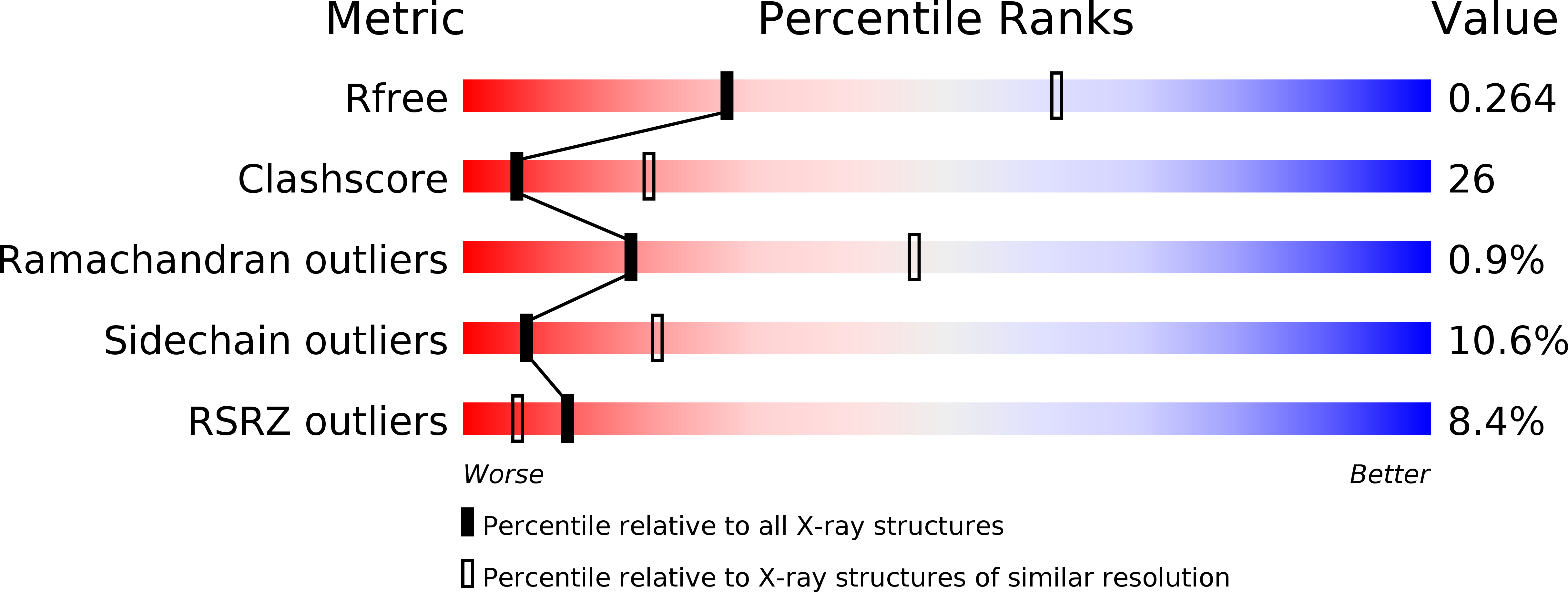
Deposition Date
2003-08-04
Release Date
2004-02-03
Last Version Date
2024-04-03
Entry Detail
PDB ID:
1Q4X
Keywords:
Title:
Crystal Structure of Human Thyroid Hormone Receptor beta LBD in complex with specific agonist GC-24
Biological Source:
Source Organism:
Homo sapiens (Taxon ID: 9606)
Host Organism:
Method Details:
Experimental Method:
Resolution:
2.80 Å
R-Value Free:
0.26
R-Value Work:
0.21
R-Value Observed:
0.22
Space Group:
P 65 2 2


